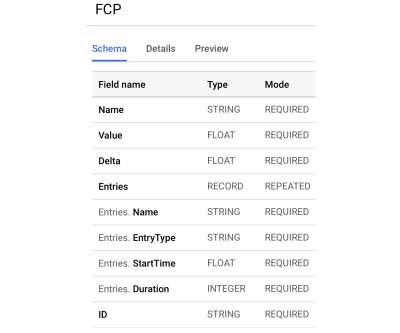How We Improved Our Core Web Vitals (Case Study)
Smashing Magazine
MAY 17, 2021
Last year, Google started emphasizing the importance of Core Web Vitals and how they reflect a person’s real experience when visiting sites around the web. It wasn’t long before a sea of red “poor” and yellow “needs improvement” notices in our Google Search Console needed our attention. How We Improved Our Core Web Vitals (Case Study).












Let's personalize your content